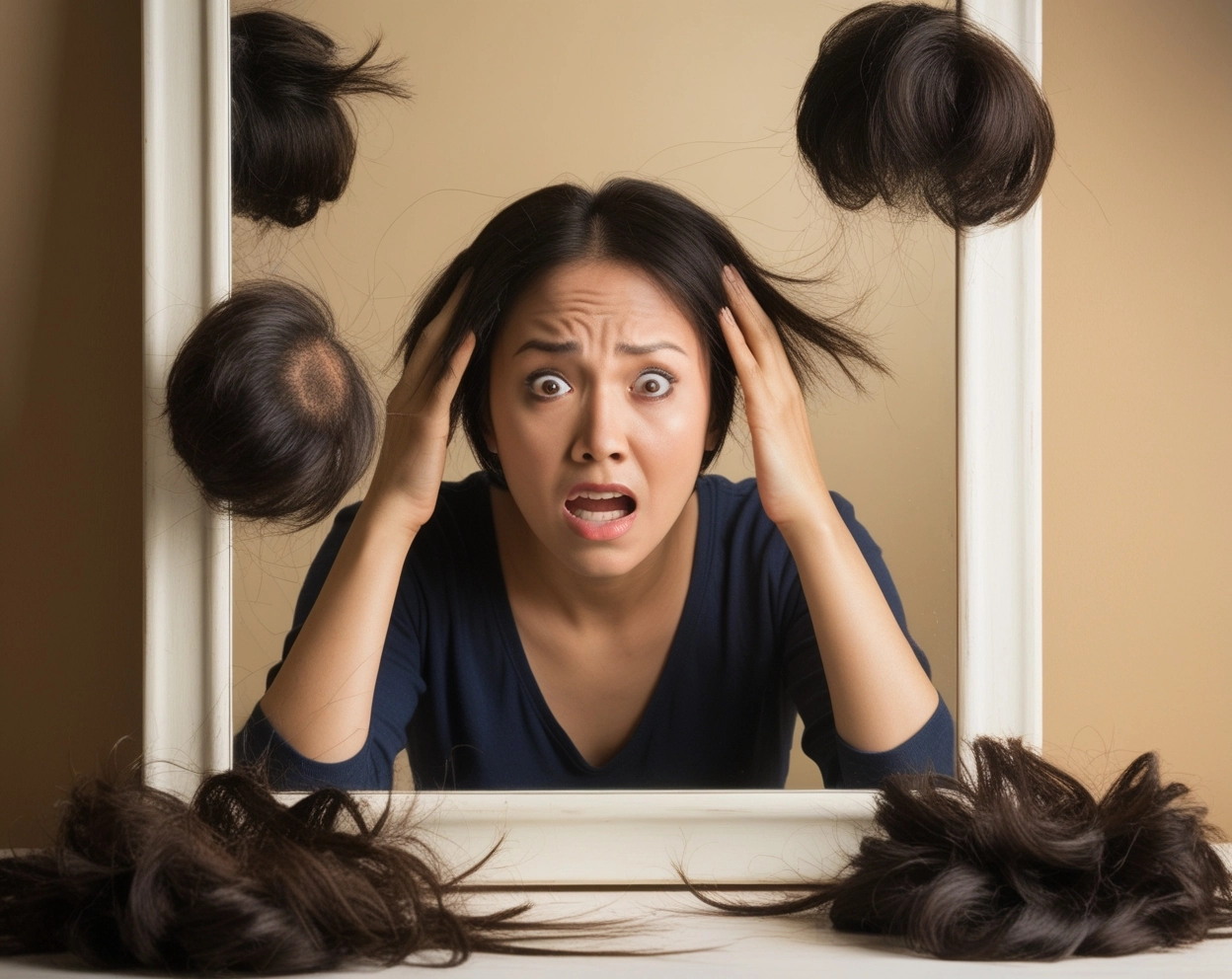Welding is an important occupation and passion for a lot of people, but with this activity are some unwanted consequences. Another and rather arcane problem associated with welding rods is their possible effects on the state of hair. Thus, some view welding as causing such beauty loss as hair loss, which no woman is prepared for. It is thus high time that we ponder over why Welding Rods That Make My Hair Suddenly Fall Out and how you can prevent it.
Understanding Welding Rods and Their Composition
Welding rods are classified in different categories because they have been manufactured for certain applications of welding. They include metals like iron, nickel, aluminum and the like plus chemical coatings. These components emit toxic fumes on emergence of heat through activities such as welding. Breath in these fumes is detrimental to one’s respiratory system and could also lead to poor hair health.
How Welding Fumes Can Affect Your Health
Welding fumes are minute particles of matter that, when breathed in, can cause several diseases to your body. These fumes include heavy metallic and other chemical compounds that may lead to respiratory disorders, neurological and skin and hair complications.
Link Between Welding Fumes and Hair Loss
While no scientific research states that Welding Rods That Make your Hair Suddenly Fall Out, the toxins and fumes released when creating rods can contribute to hair thinning or an unexpected baldingToxic components easily irritate hair follicles, making air purity essential, as hazardous fumes can hamper hair growth and cause hair loss. Also, some people will develop allergies to materials used in the rods causing skin rashes on the head and hair loss.
Other Potential Causes of Hair Loss While Welding
Heat and Stress Exposure
Working environments in welding areas are of high heat and Usually respond to stressful circumstances. Extreme temperatures are also said to have an influence on the hair shaft thus exposing the hair to breakages.
Poor Ventilation and Its Role
Controlling airflows presents a significant challenge, especially when using welding rods. Without proper ventilation, individuals risk exposure to high levels of hazardous gases.Toxic elements accumulate in areas with poor air circulation, creating a dangerous situation where people inhale harmful particles. This exposure can indirectly affect the health of your hair and skin.
LSDs used in Welding for purposes of Ensuring Extreme Hair Protection
Use Proper Safety Gear
Some protective gears such as helmet and masks are mandatory because the experiment contains harsh elements such as welding. Besides protecting your respiratory system, they also protect your hair from heat, poisonous gases and any small particles.
Maintain Good Ventilation
Avoid taking conference calls in your car as it lacks proper ventilation and contains many fumes.
Take Regular Breaks
Consider Hair and Skin Care
Due to exposure to toxins when welding, it is recommended that one wash his or her hair afterwards. The following are other ways of preventing hair loss that may result from this Physical means of protecting hair from the environment are other ways of preventing hair loss Other ways of preventing hair loss include use of hair products that shield the hair from unfavorable conditions.
Conclusion
Welding is very tasking and may have an outcome in with the health impacts in the following manners. It rather doubtful that welding rods themselves are the direct cause of hair loss. But other conditions surrounding welding may be a factor. You can prevent hair loss-related factors and even your general well-being through safety precautions such as wearing appropriate protective gear




